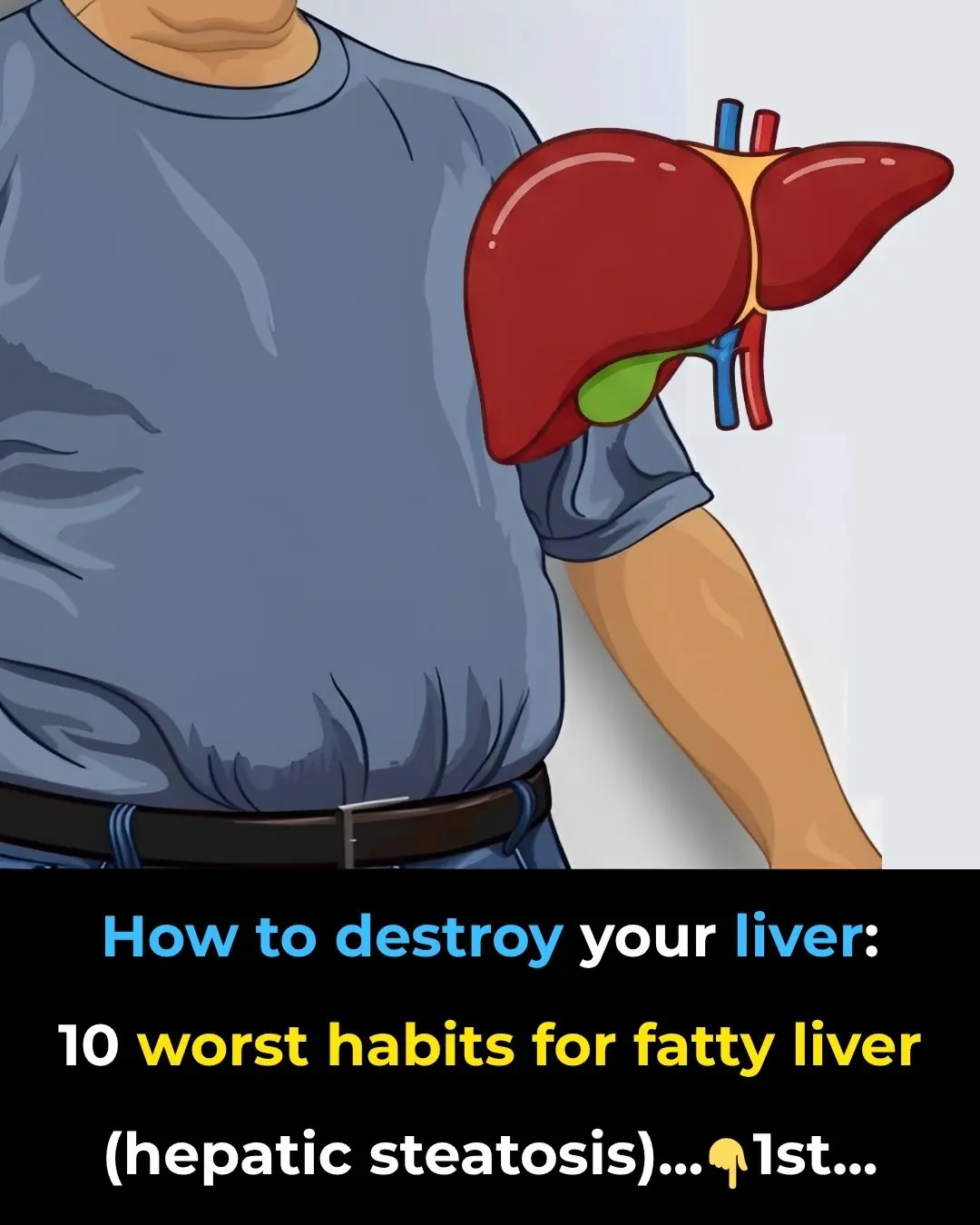
Things You Should Never Do to Avoid Lightning Strikes

Thunderstorms are dramatic, powerful, and sometimes mesmerizing to watch—yet they remain one of nature’s most underestimated dangers. Each year, countless people are injured or even killed simply because they didn’t take lightning seriously enough. The reality is that most lightning-related accidents are completely preventable if you understand what not to do when a storm rolls in.
Below are 15 critical mistakes to avoid during a thunderstorm—actions that could put your life at risk if you’re not careful.
1. Don’t Stay Outdoors
If you can hear thunder—even faintly—you’re already within striking distance of lightning. Open areas like beaches, fields, parking lots, sports courts, and rooftops create the perfect conditions for lightning to target you, especially if you're the tallest object around. The safest choice is always to head indoors immediately.
2. Don’t Take Shelter Under a Tree
Trees offer protection from rain but not from lightning. In fact, tall trees are common targets during storms. If lightning hits the tree, the electrical discharge can travel down the trunk or disperse through the ground, shocking anyone standing nearby. Many lightning injuries occur exactly this way.
3. Don’t Hold Metal Objects
Metal conducts electricity with ease. Items such as umbrellas, golf clubs, fishing rods, hiking poles, or metallic tools put you at increased risk. Drop the object and move to a safe, enclosed location right away.
4. Don’t Stay Near Tall Structures
Lightning naturally seeks the highest point in an area. Avoid standing close to flagpoles, cell towers, tall fences, construction scaffolding, or streetlights. The energy from a strike can arc or “jump” outward—and you don’t want to be within reach.
5. Don’t Stay in Water
Whether you’re swimming, fishing, kayaking, boating, or simply wading, water becomes extremely unsafe during a thunderstorm. Water conducts electricity across long distances, so a lightning strike even far from you can travel through the water and cause severe injury. Leave the water immediately and seek shelter.
6. Don’t Use Wired Electronics
Lightning surges can travel through power lines and enter your home. Plugged-in desktops, televisions, gaming consoles, or landline telephones become potential hazards. Whenever possible, use battery-powered devices until the storm has passed.
7. Don’t Touch Plumbing
It sounds surprising, but sinks, showers, and metal pipes can carry electrical current from a lightning strike. Avoid doing dishes, bathing, hand washing, or running water during the storm to eliminate unnecessary risks.
8. Don’t Stand Near Windows or Doors
Windows and doorframes may contain metal that can conduct electricity. Additionally, powerful lightning strikes can shatter nearby glass. Maintain a safe distance and stay toward the interior of your home or building.
9. Don’t Lean on Concrete Walls or Floors
Concrete is reinforced with metal rebar, which can channel electricity. Leaning against a wall or lying on a concrete surface puts you directly in contact with these hidden conductors. Move away from concrete surfaces until the danger is over.
10. Don’t Lie Flat on the Ground
If you’re stuck outside with no shelter, lying flat increases your exposure to ground currents—an often-overlooked danger from nearby lightning strikes. Instead, crouch low with minimal contact to the ground while keeping your balance.
11. Don’t Stay on Hilltops or Ridges
High elevations dramatically increase the chance of being struck. Move to lower terrain as quickly as possible, but avoid lying down. The goal is to stay low while minimizing your contact with the ground.
12. Don’t Ignore the “30–30 Rule”
This lifesaving guideline is simple but effective:
-
If lightning and thunder occur within 30 seconds of each other, the storm is dangerously close.
-
After the last thunder, wait 30 minutes before returning outdoors.
This rule helps prevent lightning strikes that occur in the storm’s “danger zone,” even when the sky appears to be clearing.
13. Don’t Take Cover in Small Sheds or Tents
Tents, gazebos, picnic shelters, and small wooden structures offer almost no protection from lightning. They don’t have metal frames or electrical grounding to redirect a strike. If you can’t reach a building, an enclosed metal vehicle is the next safest option.
14. Don’t Ride Motorcycles, Bicycles, or Convertibles
Open vehicles leave you fully exposed. Motorcycles, golf carts, ATVs, bicycles, and convertibles provide no safety from lightning. If you’re driving and can’t reach shelter, stop safely, stay inside the vehicle, and avoid touching metal components.
15. Don’t Assume You’re Safe Once the Rain Stops
This is one of the most dangerous misconceptions. Lightning often strikes before the storm arrives and after it passes—sometimes miles away from the storm clouds. Always wait at least 30 minutes after the final thunderclap before continuing outdoor activities.
Final Thoughts
Thunderstorms are awe-inspiring, but they demand respect. Awareness and quick decision-making can literally save your life. The best protection is prevention: the moment you hear thunder, treat it as a warning and get to a safe place. By avoiding these 15 risky behaviors, you significantly reduce the chance of becoming a lightning-related statistic.
News in the same category


5 tips for marketing to help you never get ripped off: Take advantage of them to use when necessary

Tips for boiling pork belly in the microwave without water, extremely delicious

Extremely effective and simple ways to restore non-stick pans, no need to replace them

The wonderful uses of boiled beer, solving problems that every household encounters

Unlock Energy Savings: How Proper Use of Your Refrigerator’s Temperature Control Button Can Cut Costs

8 tips to increase wifi speed tenfold

8 Natural Ways to “Cleanse” Your Lungs: Affordable Yet Highly Effective

How to Easily Unclog a Blocked Drain Without Calling a Plumber

Hang this bunch of leaves on your window, and no matter how many mosquitoes there are, they’ll all disappear: effective and completely safe

5 Items You Should Never Buy at the Supermarket — Especially When They're on Sale

How to Choose the Best Apple: Crisp, Sweet, and Nutritious

A 52-Year-Old Man Died From Diabetes: Doctors Warn These 4 Breakfast Habits Should Be Eliminated Immediately

4 Super Easy and Fast Ways to Grow Green Onions Without Soil or Pots

Tips to make plump white bean sprouts that are easy to eat: Do these 4 things correctly and you'll be fine.

Put plastic bottles in the toilet tank, great benefits, every house needs it

Pour beer and white vinegar into the pot of bonsai soil, the soil will be soft "like sand", many years later the soil will still be loose

Mice ran loudly on the ceiling

Boil green bananas this way
News Post

5 Estrogen-Rich Foods Women Should Eat for Hormonal Balance & Radiant Skin

2 Handfuls of Cashews is The Therapeutic Equivalent of a Prescription Dose of Prozac

7 tips to eliminate dangerous blood fat

Lower blood sugar naturally by training just 2 leg muscles

Forget aspirin—this everyday fruit can help protect you from stroke and heart attack

The Powerful Medicinal Benefits and Uses of Senna alata

The Real Power of Dandelion Is in the Root

The Surprising Benefits of Boiled Bay Leaves and Cloves: A Natural Elixir for Wellness

Preventing Stroke At Any Age: 3 “Don’ts” After Meals—And 4 “Don’ts” Before Bed

People whose mouths feel dry when sleeping at night need to know these 8 reasons

Ariana Grande gives shocking update on music career after ‘Wicked: For Good’

Controversial I'm A Celeb star Ruby Wax's changing face

MAFS UK's Abi issues emotional relationship status update

The “Hand of God” Technique: How a Simple Gesture Brought Humanity Back Into Isolated Hospital Rooms

Ant McPartlin's tattoos explained – from meaningful inking to poignant tribute

When the Brain Begins to Consume Itself: The Hidden Costs of Chronic Sleep Loss

When the Brain Eats Itself: The Hidden Damage Caused by Lack of Sleep

From Self-Marriage to Self-Divorce: Suellen Carey’s Viral Journey of Self-Love

Kerry Katona undergoes corrective boob surgery as she gushes over beau Paolo's support
